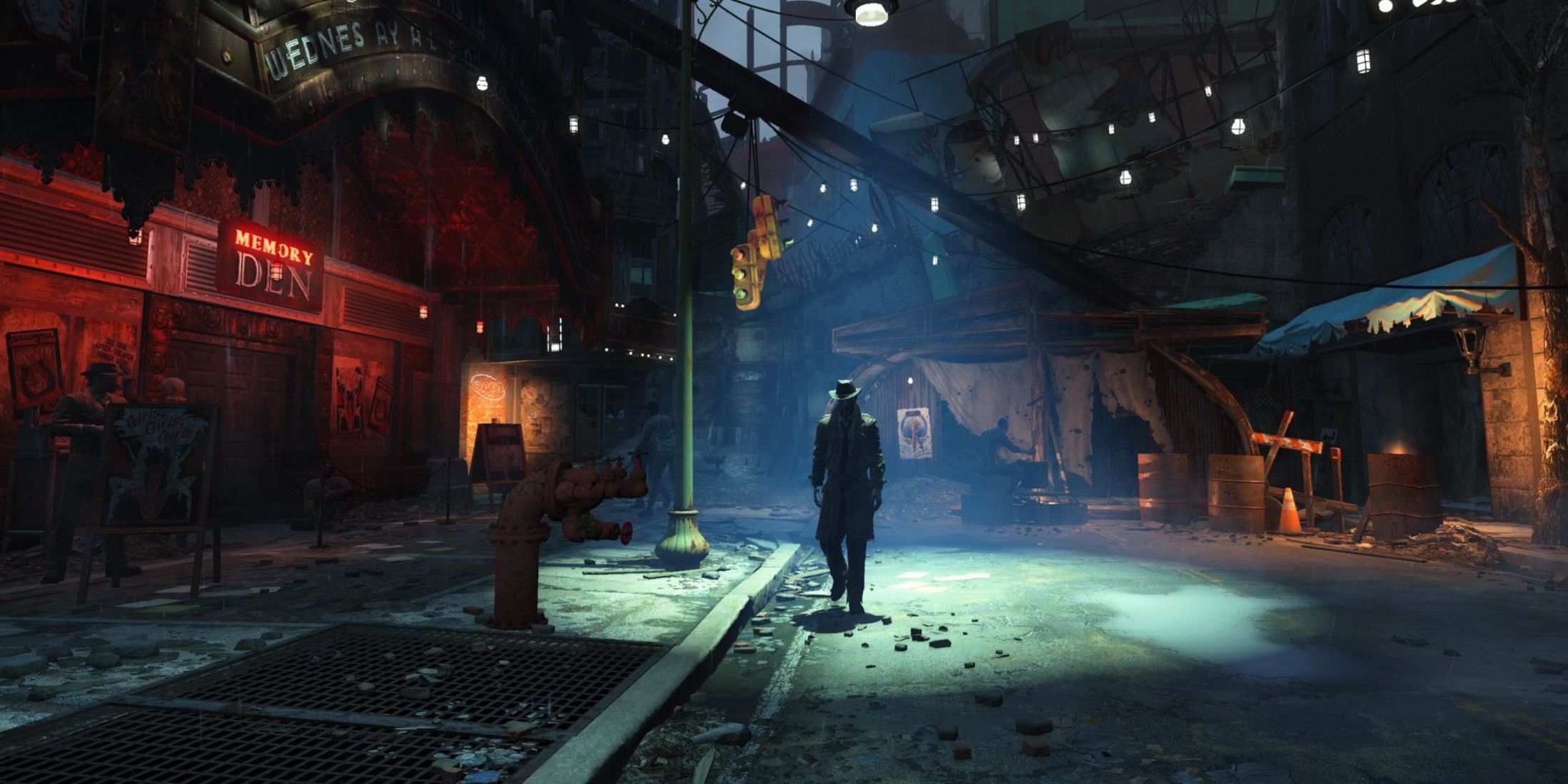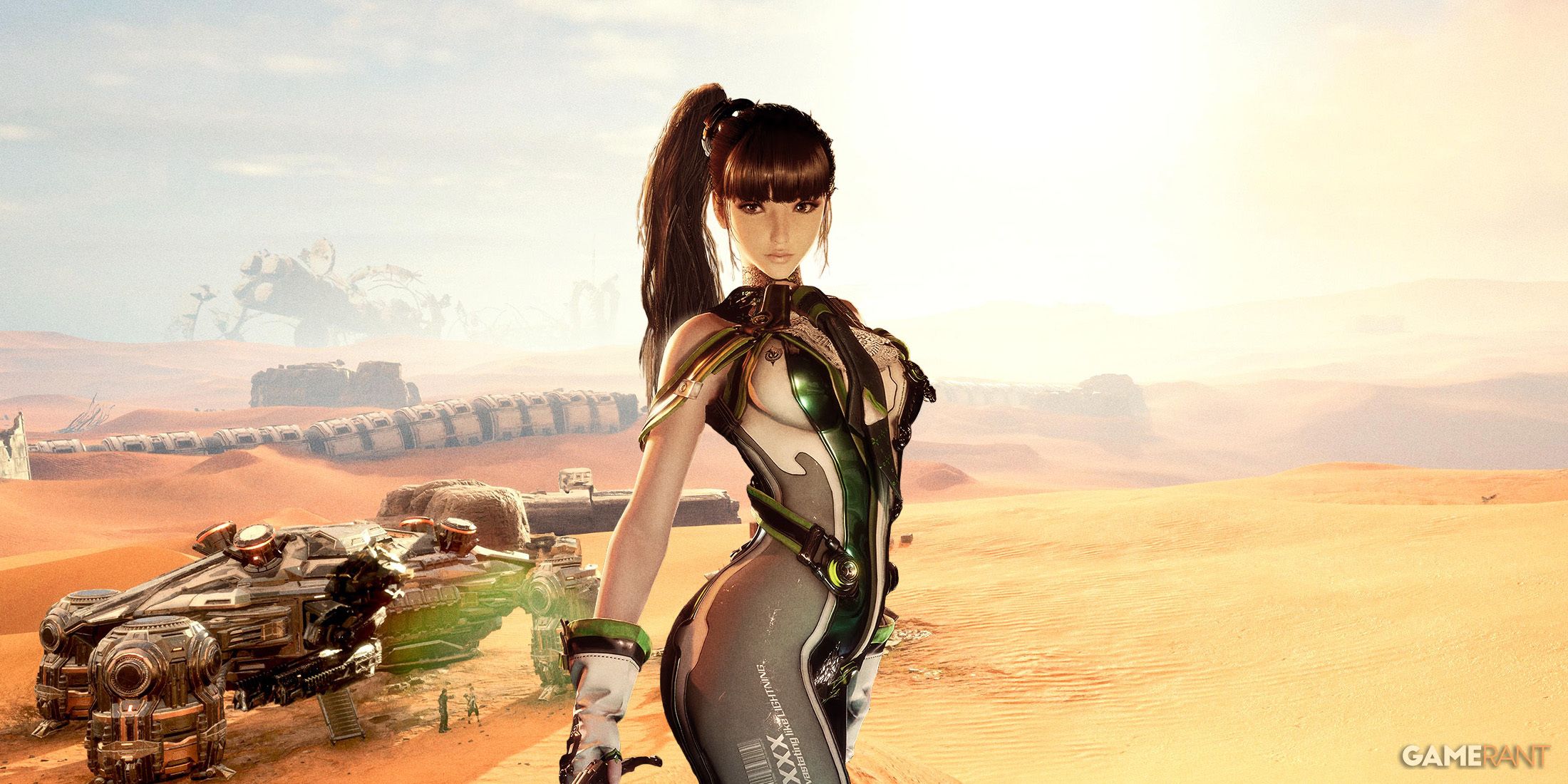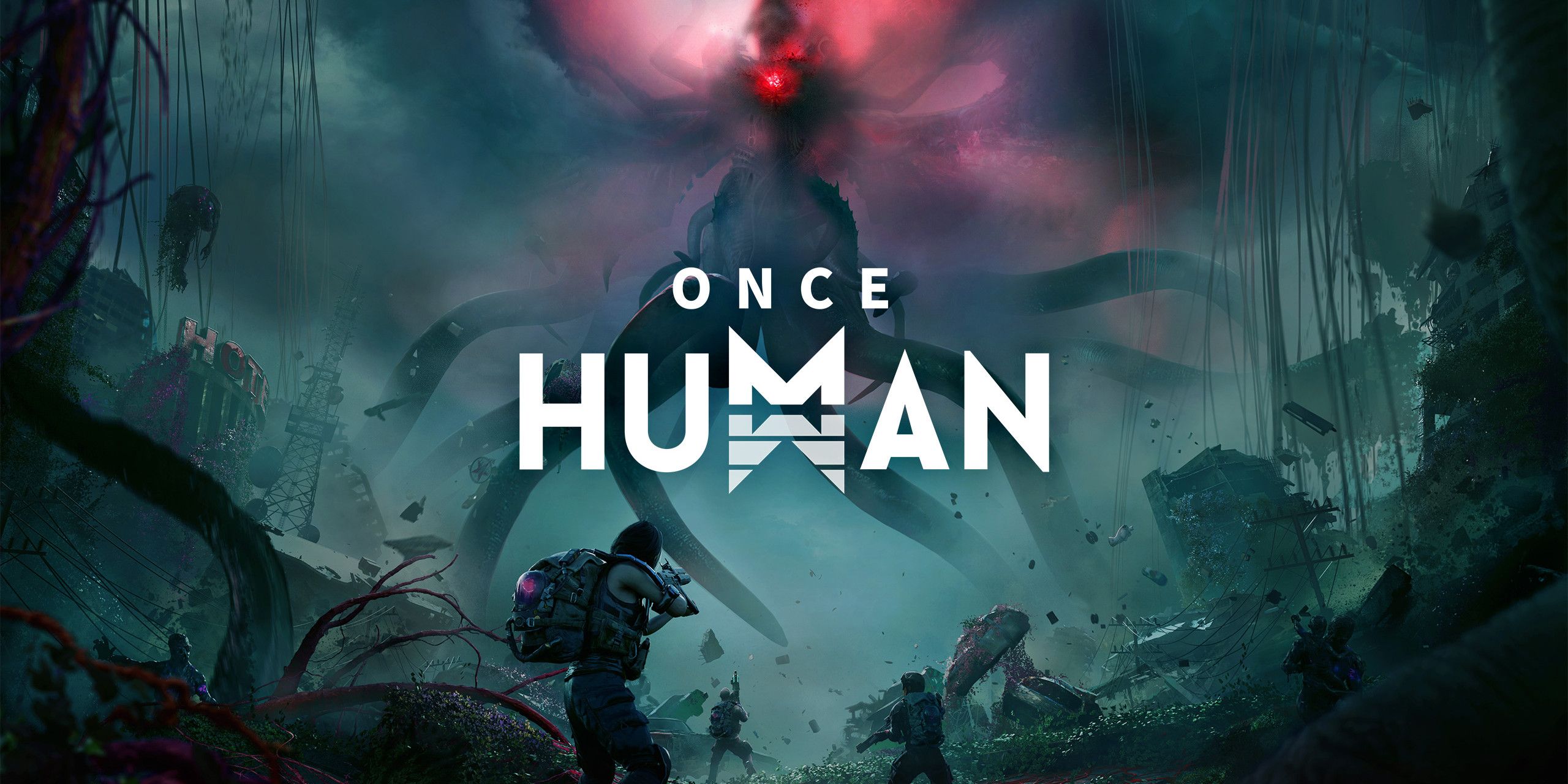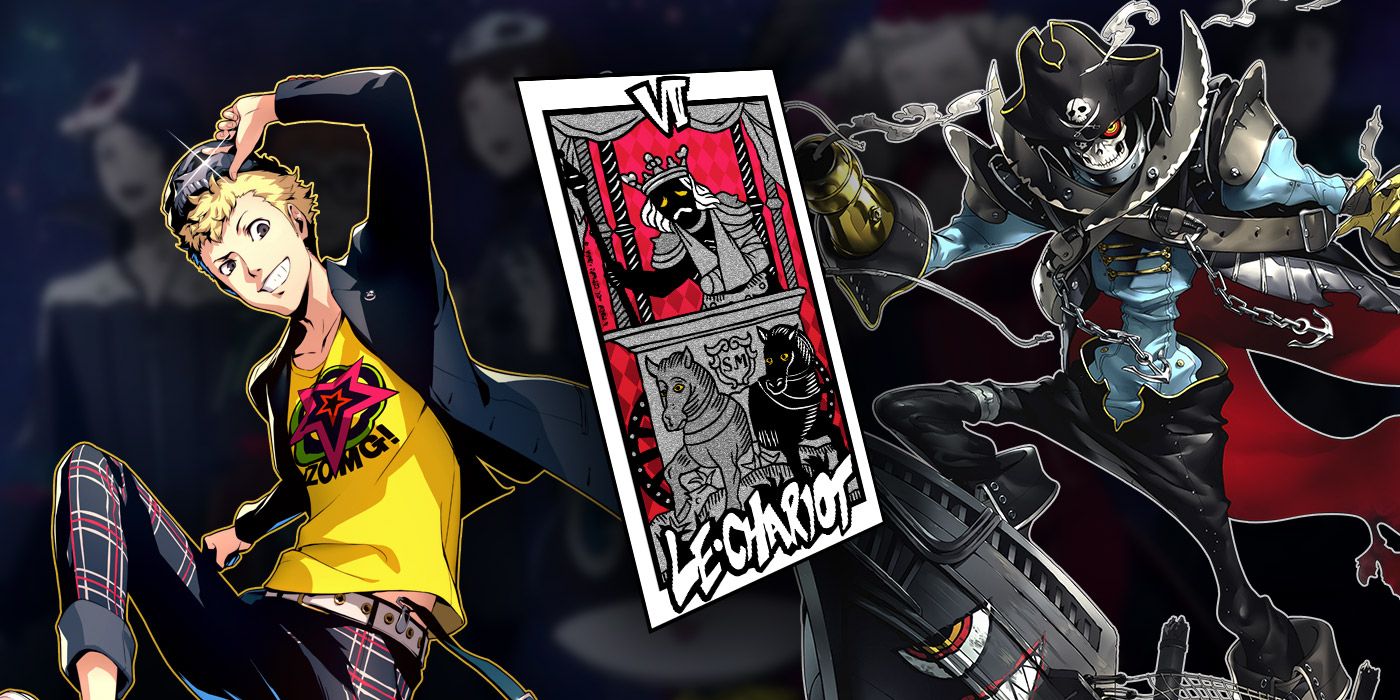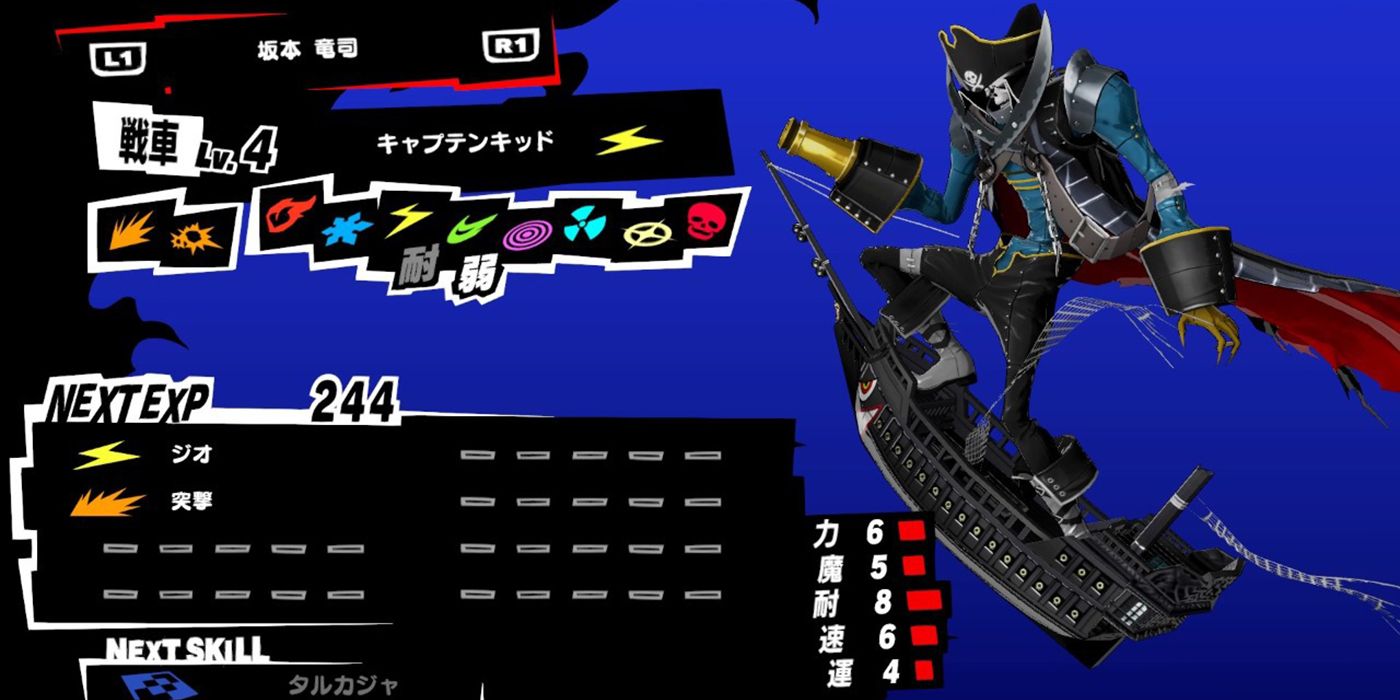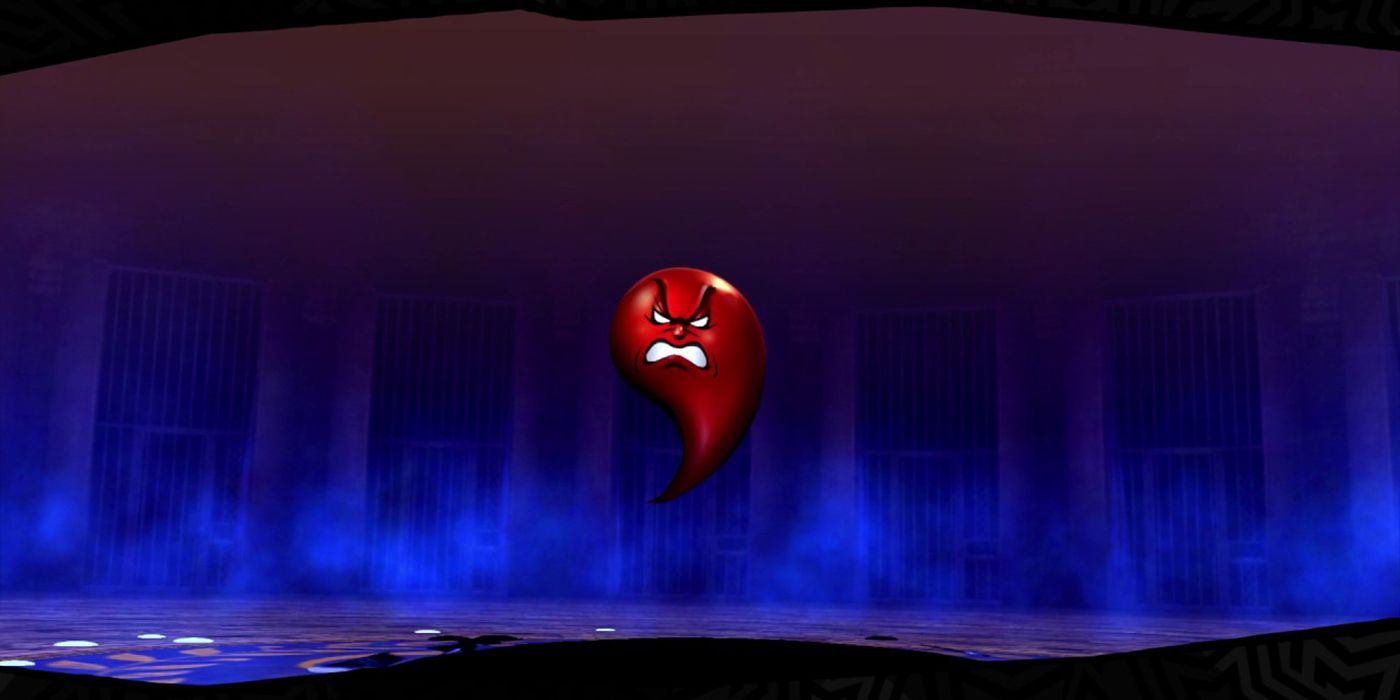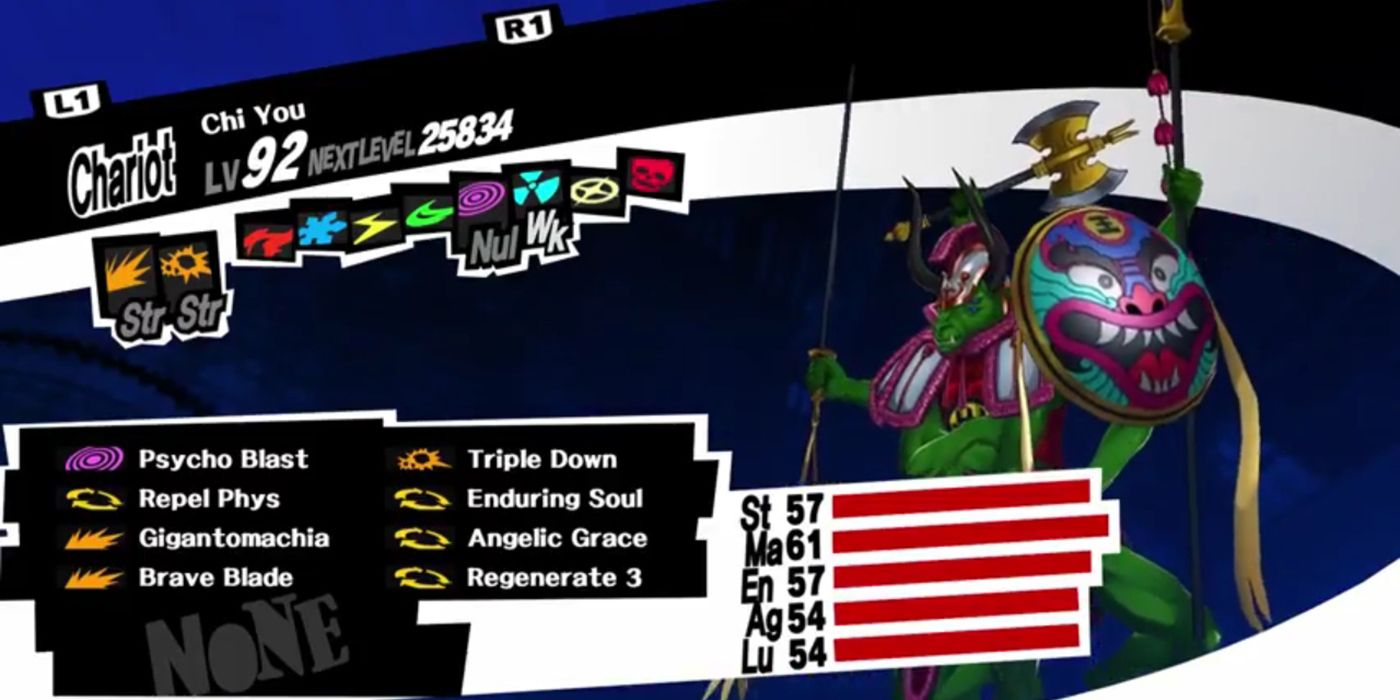Like so many other major arcana, the Persona series' portrayal of the Chariot holds true to the classical meanings of the tarot card, along with a few embellishments courtesy of Atlus. Chariot social links, or confidants, are almost always physically-inclined, forthright, and outspoken, if not downright loud. All of these traits certainly apply to Persona 5's Ryuji "For Real!?" Sakamoto, who is, in certain respects, the most thematically faithful portrayal of the Chariot major arcana in the series.
The Chariot's symbolism is perhaps less obvious than the Lovers' representation of relationships, but it does double duty as a symbol of both competitions (alluding to races) and battles. The Chariot is all about overcoming difficult odds via hard work and self-improvement, and Ryuji's track team drama checks all those boxes. Rather than training to become physically stronger, however, Ryuji must ironically stop running, come to terms with his past, and master his temper, which showcases the broad range of challenges the Chariot can represent.
Given its symbolism, the Chariot easily maps to martial challenges, which explains why personas from the arcana are usually physical combat masters with relatively limited magical abilities. If the arcana was a D&D class, it would likely be a Fighter. The folklore behind them is also similarly aligned, featuring references to grim reapers (white rider), battle-inclined members of the Norse pantheon (Thor), and warlike oni (Kin-ki). But there are also a few interesting outliers, starting with Ryuji's personas.
Captain William Kidd - Scourge of the Seas
Like nearly all of the Phantom Thieves, Ryuji's persona is based on a famous outlaw rather than the series' customary demons, gods, and folklore myths. But unlike Joker's Arsene, Ann's Carmen, or Morgana's Zorro, Kidd is genuine historical figure. Kidd is even more grounded in reality than Makoto's Priestess persona, Johanna, who is also supposedly based on a historical figure, though Kidd's legend has still been sensationalized and mythologized.
A Scottish sailor who eventually settled in New York City in the late 17th century, Captain William Kidd was an infamous sea captain who swung back and forth on the pirate-to-privateer spectrum. Despite the cheery folklore associated with the character, often relayed alongside adventure story staples like buried treasure and naval battles, historical records of Kidd paint the picture of a homicidal egomaniac, albeit one who was exceedingly gifted at naval combat. When most of Kidd's crew was pressganged into naval service (in retaliation for refusing to salute a British Navy yacht), he returned to New York shorthanded—but still managed to capture a French vessel on his way home with a skeleton crew.
Kidd was eventually declared a pirate by his own crew after attempting to attack Robert Culliford, another captain who had stolen a ship from Kidd earlier in his career. It did not help that Kidd killed one of his own men over an insult prior to the Culliford incident. Kidd ultimately met a grisly end rivaling the death of Yusuke's Emperor persona, Goemon. He was hung—two times consecutively—at Executioner's Dock and his corpse was gibbetted, or held on public display for three years, as a warning to would-be pirates.
Ara Mitama - The Angry Aspect of Humanity
Long time Persona and Shin Megami Tensei fans will likely easily recognize the yin-yang or droplet-shaped demons known as Mitamas, but may be unaware of their significance and folklore. The quartet of demons represent a Shinto tetrad of the human soul. Saki Mitama, the yellow blushing droplet, represents love and happiness. Nigi Mitama, the content-looking blue-green droplet, represents peace. Kusi Mitama, the black-olive colored droplet with a smug and curious expression, represents Wisdom. And the blood red droplet, Ara Mitama, represents passion and anger.
All of the Mitamas are shaped like Matamas, or prayer beads traditionally carved out of Jade. By itself, the word Mitama refers to the ghost of a deceased person or the spirit of a kami (Shinto god). The fact that Ara and Nigi Mitama fit together like a yin-yang symbol is no accident either. Together, they represent two sides of a soul. As such, they are less like independent entities in actual folklore, and more like two moods, or even personalities, for other spirits.
Chi You - Chinese Warrior Deity
Chi You is a mythological descendent of Shennong, one of ancient China's "three sovereigns," or patron kings. Legends say that Chi You was a half-man, half-bull deity who united the Hmong and Li Tribes against the Yellow Emperor, who was the mythological descendant of all Han Chinese people. Incidentally, the Yellow Emperor is the most famous incarnation of the Hierophant arcana's ultimate persona, Kohryu.
Chi You and the Yellow Emperor clashed several times, with Chi You winning the initial encounters. But eventually, the Yellow Emperor's general, Yinlong, beheaded Chi You. Amusingly, Chi You's downfall was the invention of the South Facing Chariot; a vehicle that allowed the Yellow Emperor to pierce Chi You's magical fog walls. Despite his opposition and defeat at the hands of the Yellow Emperor, Chi You was worshiped as a god of war and weaponry by several of China's emperors, including its first historical emperor, Shi Huang Di. The legendary founder of the Han Dynasty, Liu Bang, allegedly worshipped at a shrine to Chi You before his duel with Xiang Yu, Hegemon of the Western Chu.
There is another, darker take on Chi You's mythos, however. According to the Miao and Hmong peoples, Chi You was betrayed by his generals during the war with the Yellow Emperor, and was ultimately executed for committing the crime of polygamy. But even though Chi You's body was torn apart, the warrior deity continued to live and supposedly cursed his people with a life of persecution, squalor, and suffering until such a day that they repented for their part in his regicide.
It is highly unlikely that players will manage to fuse Chi You accidentally, and those looking to add his mask to their compendium should consult a Persona 5 fusion chart to make things easy. Obtaining the persona is well worth the effort—especially for players who prefer to mete out justice with physical attacks as opposed to magic.
Persona 5 is available now for PlayStation 4.

